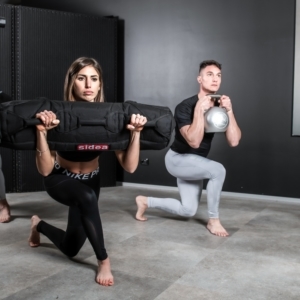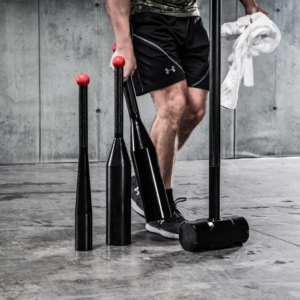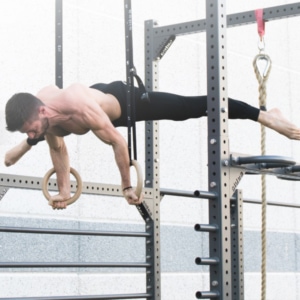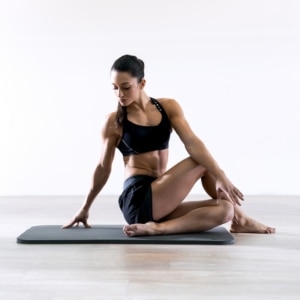🇮🇹 Leggi in Italiano
If I train with weights loads, do I just increase the difficulty and risk running slower? I regularly practice functional training activities in the gym, but don’t I risk losing speed in the running?
These are just a few of the questions we often hear about whether a strengthening workout can help our running routine.
First of all, I want to suggest you to rely on an experienced coach as I do, especially not to make mistakes and waste time.
Why functional training is useful if you go running
Let’s start by saying that running is a sport. As such, it requires a specific training and athletic preparation, regardless of the goal.
The fact that you run doesn’t mean you can’t run better. During our running sessions, we activate many muscles. Some are more powerful than others, others weaker and others, if stronger, help us prevent injuries.
It is impossible to strengthen all these muscles with just running. We need a specific preparation with strengthening exercises, be it free body workouts or weightlifting.
SIDEA NEWSLETTER
Sign up with your email address to receive news, events and focus articles about Sidea and OUTRACE
Functional training for running: exercises with or without weights and stretching
When I do not run, and I dedicate myself to specific preparation, I alternate flexibility exercises, strengthening exercises, with or without weights, and lots of stretching.
A workout with overloads can be performed, for example, to strengthen the back and the whole upper part. If you want to isolate the muscles, you can use specific tools, such as dumbbells, performing exercises that aim to strengthen them. The weight loads should not be excessively high, but just enough to feel some effort and make the muscles more toned, thus preventing pain and strains.
Concerning functional exercises for the free body, everyone has heard of burpees, mountain climbers, sit-ups, and planks. These are just some of the exercises that can be included in a so-called functional circuit. Personally, I appreciate them a lot because they allow me to vary my workouts.
Repeating multi-joint exercises for a certain amount of seconds can improve elasticity with power, so they make us more resistant to prolonged running. For the functional, we also use small tools like the kettlebell, which are perfect tools for those who want to become even more powerful but at the same time, remain elastic.
The runner’s weekly program
In my typical workout week, I incorporate two strengthening sessions, one with weights and the other functional. Usually, the training sessions do not exceed 50 minutes. The next day, if I have to run, I reserve a continuous running session that aims at the aerobic improvement and relaxes tired and sore muscles.
Finally, do not forget to do stretching exercises at the end of each workout. Even better, try to dedicate a weekly session of at least 20 minutes to stretching.
Veronica Fabrianesi
- Amateur runner who loves running and working out. If you think these two activities are not strictly connected, you are very much mistaken
- Accountant in my everyday life, but when I get off my desk, I take off my dress and put on my favorite clothes: shorts, running shoes and I feel free.
- I hope to inspire people to move: with my experience I just want to push the lazy ones to start moving and the reckless ones to exceed their limits. I ran in the desert, I’m really tenacious in the pursuit of my goals!
























